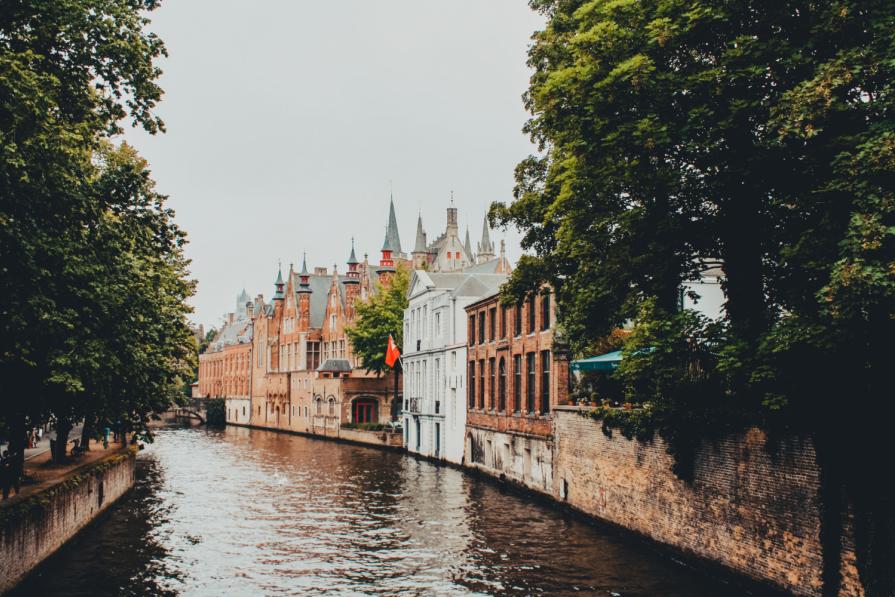Thanks to geography textbooks, popular bloggers and numerous talk shows, we know many "most-most" states. Thus, the Russian Federation occupies a leading position in terms of population, the People's Republic of China in terms of population, no one compares with Singapore in terms of density, with the United States in terms of economic power, and Egypt in terms of angularity and proximity to the rectangle.
And which one... the narrowest?
There will be several answers to such a question - much will depend on the method of determining the winner.

Chile
The most frequent nominee for this role is the Latin American country of Chile, stretching for several thousand kilometers along the Coast of the Pacific Ocean. On the map in the Mercator projection, the country in truth looks very narrow, but in fact, on average, its width exceeds 270 kilometers,which makes it easy to place such a European baby as Latvia in these "crampednesses".
In general, its narrowness is very relative - we are talking only about the geometric form, and not about absolute indicators. So let's remove the crown from Chile, crown with a ribbon for oblongness and move on.

Togo
Let's move to South-West Africa: the former German colony of Togo is ahead of Chile by two and a half times with an average parameter of 100 km. But that's not a championship result either.
Cuba
The famous Island of Liberty, now shaken by revolutionary events after half a century of rule by the Castro family, is the third member of the list (and again of four letters, which is funny). Its average width (provided that the ruler of the island curved like a banana or boomerang is aligned) is 80 km.

Panama
A distant neighbor in the Latin Spanish-speaking communal apartment - Panama - and that already. We are talking about 50 km,against which Chile looks like a rare girobas.
Vatican
The European state and its own capital, the abode of the Holy See of the Roman Catholic Church, the city-state of Vatican From edge to edge has a length of 900,and a width of 610 meters.
A great contender to win, if not for the volcanoes.

Tuvalu
Tuvalu is a powerful competitor that can make a serious competition to the Papal Region. This state is scattered over several hundred islands on an area of more than 350 square kilometers. in the southern part of the Great Ocean.
Some islands are atolls - reefs of coral, formerly framing volcanic islands. It happens that the volcano due to activity is submerged under water, and the reefs remain a ring containing a lake of salt water or even having passages among the corals, making such a piece of land an excellent harbor, most often a military base.
Some of these atolls in width do not exceed hundreds to one and a half meters. On them, despite the fact that frequent storms and hurricanes roll along the islands from coast to coast, life warms, houses are built and agricultural activities are conducted.
The total area of the country is 27 kilometers, it quickly goes under water, and the president of the community unsuccessfully asks for help from the world community, if not in saving from flooding, then in resettling the aborigines.
Belgium
If we abstract from the states as a whole and limit ourselves to parts, the Belgian Kingdom comes to the first line with a discouraging result of 7 meters.

A small piece of land on the border with Germany, the length of seven kilometers, has an average width of forty, and the minimum - 7 m 23 cm It is surrounded on both sides by Germany and in proportion "does" even Chile - the aspect ratio comes out as one to 175, three times less than an ear stick or toothpick.
Practically there are no borders in the European Union: when passing through Belgian land, no one asks for passports, even signs on the roads are not put for reasons of economy (there are still a couple - to give tourists a picture on their background). With an average car speed of 60 km / h, a person traveling on such a road will be in this country for only 0.4 seconds.
And this "isthmus" appeared as follows: at the end of the XIX century, as part of the concession, the Belgians built a road on German soil. Then there was a world war, Germany attacked Belgium and pretty spoiled life there. After the war, half of the country lay in ruins, and under the terms of the Treaty of Versailles, part of the German territory was given to the Belgians, including the road.














